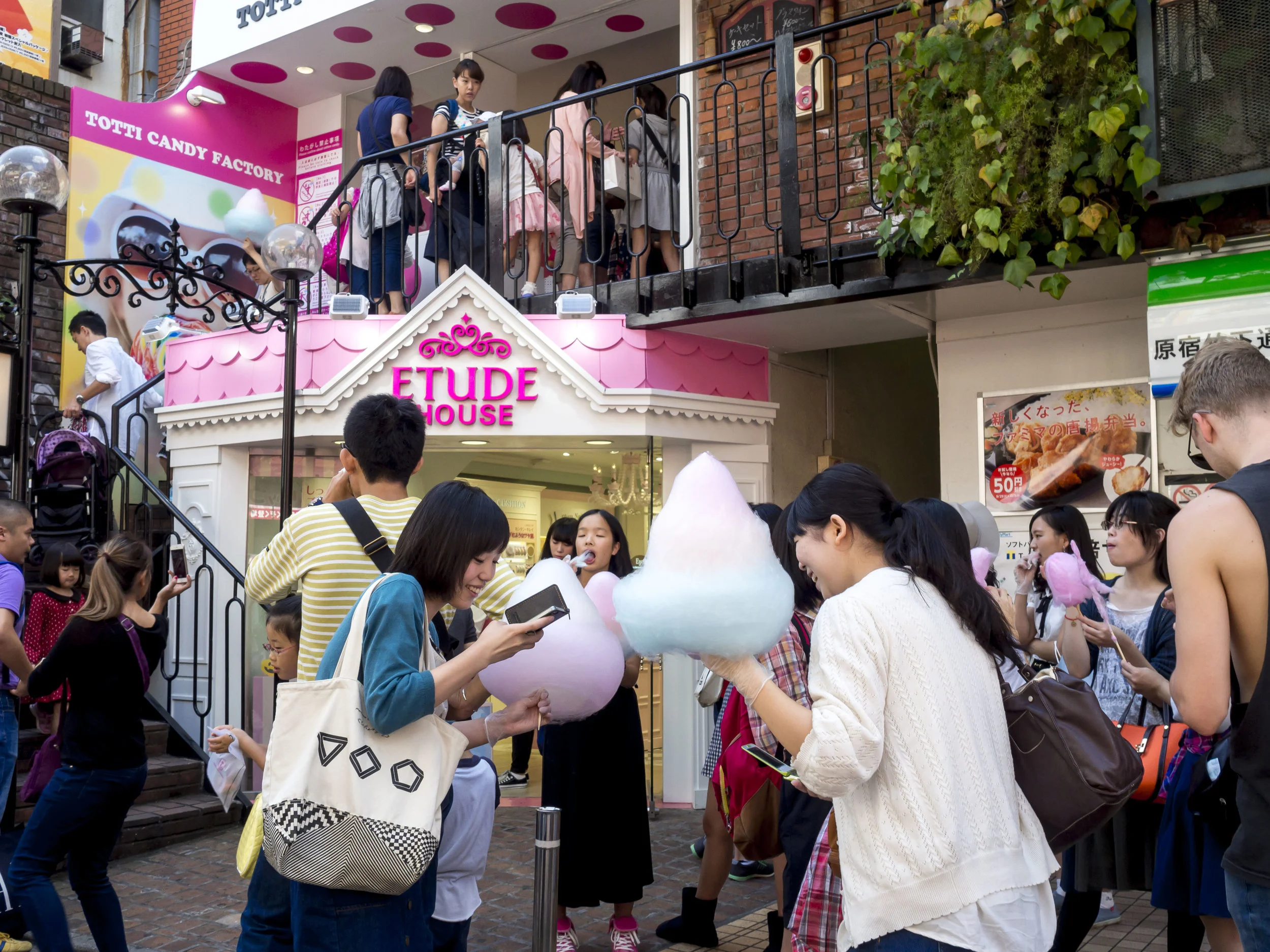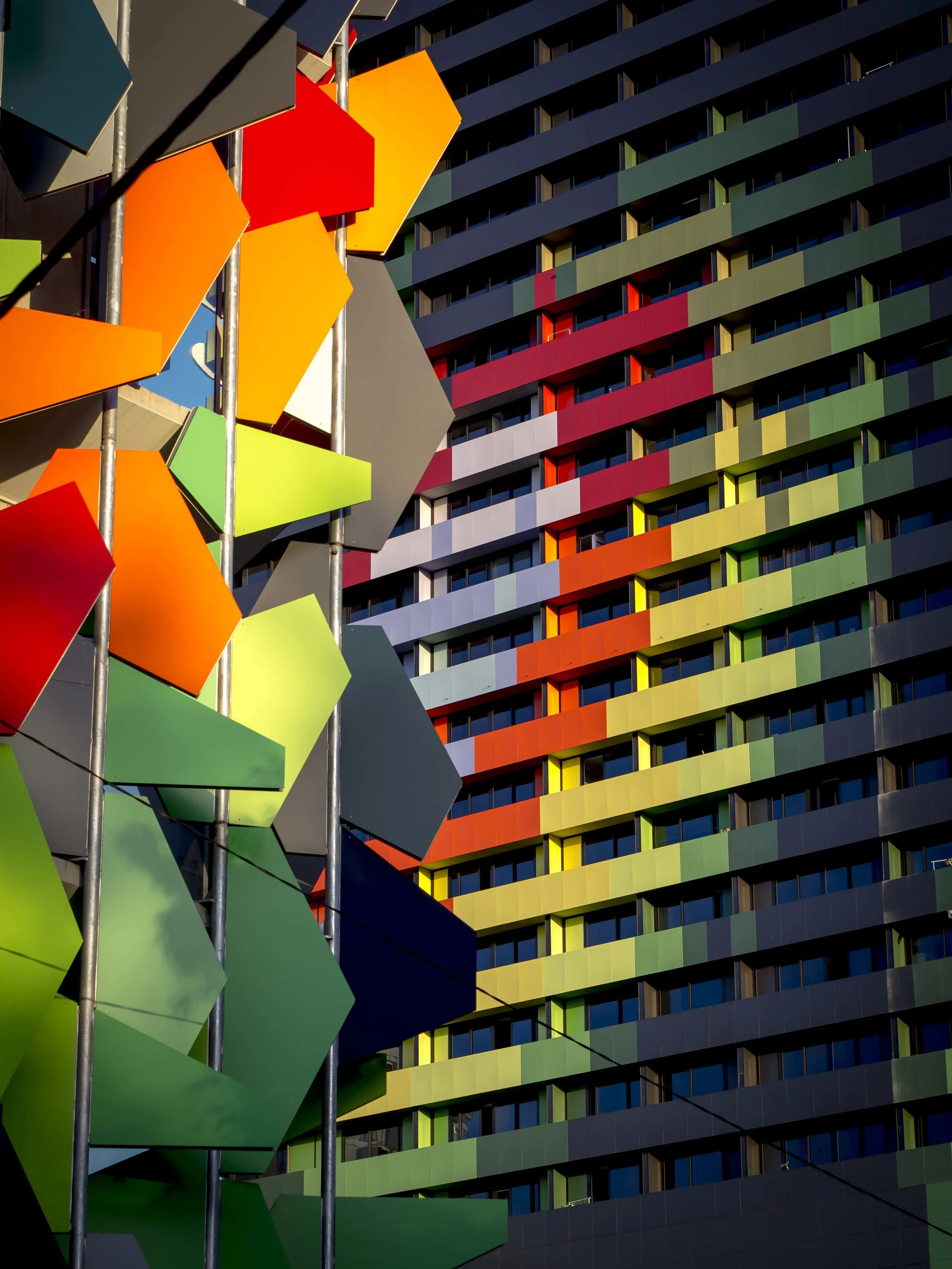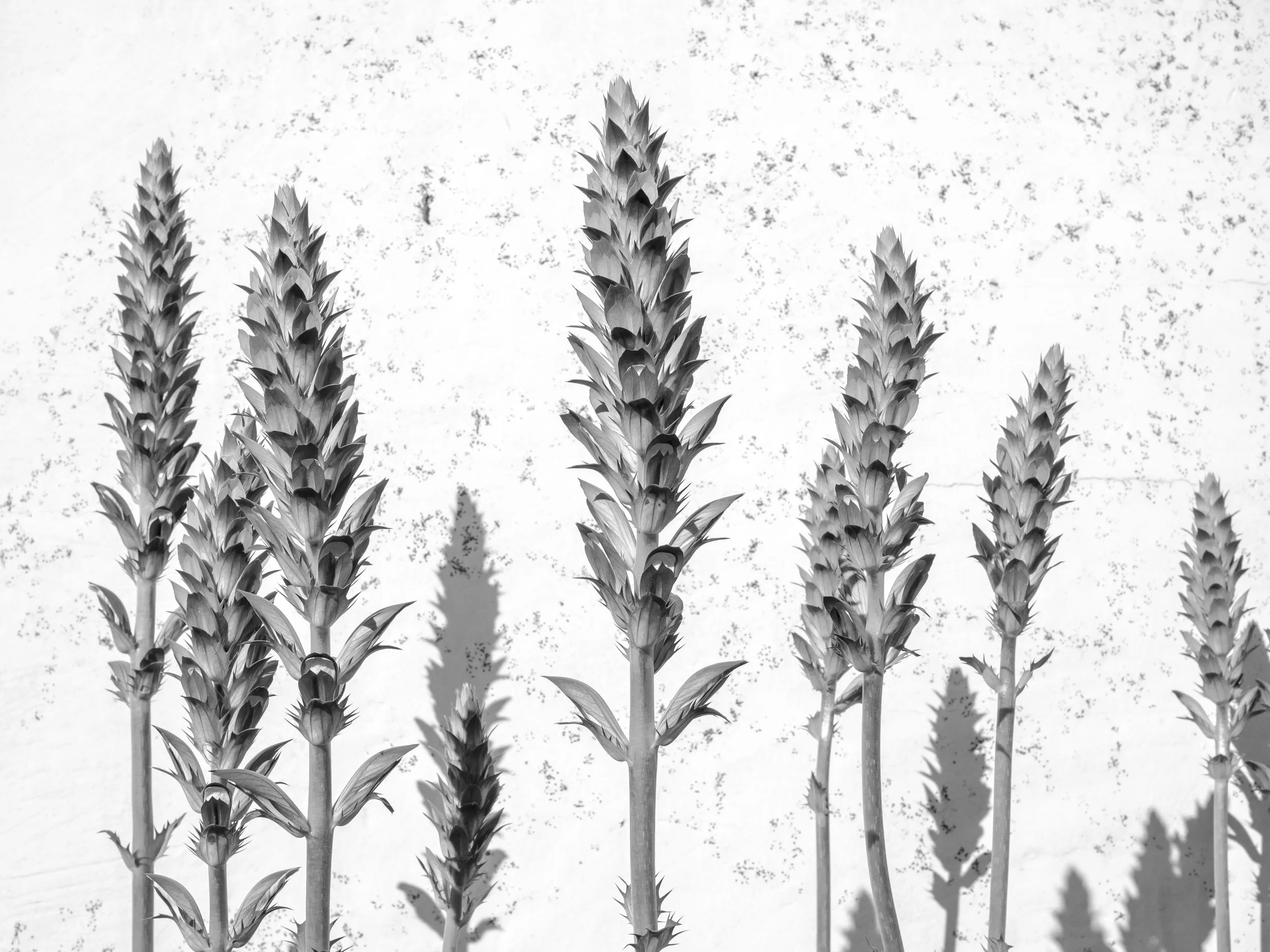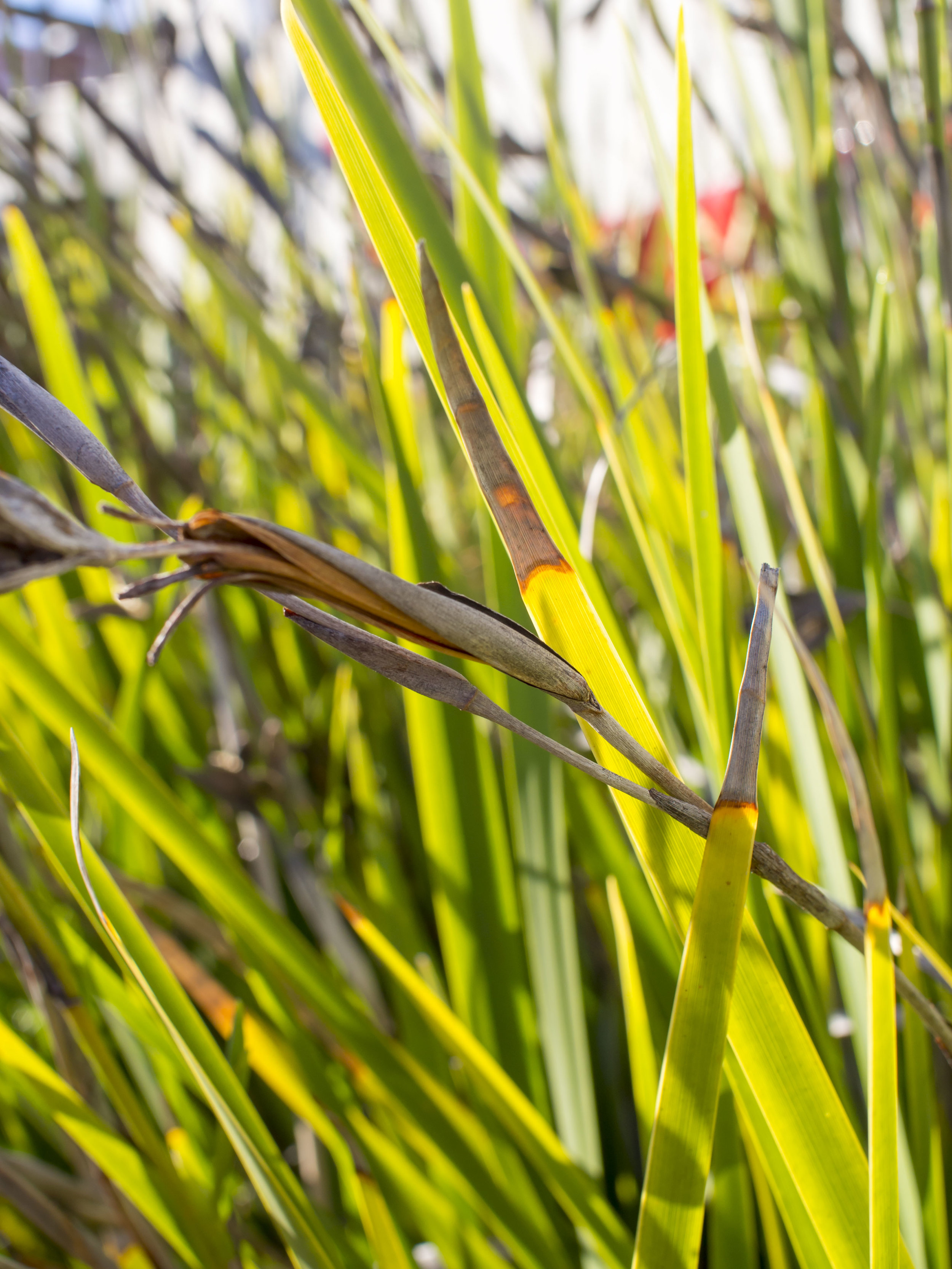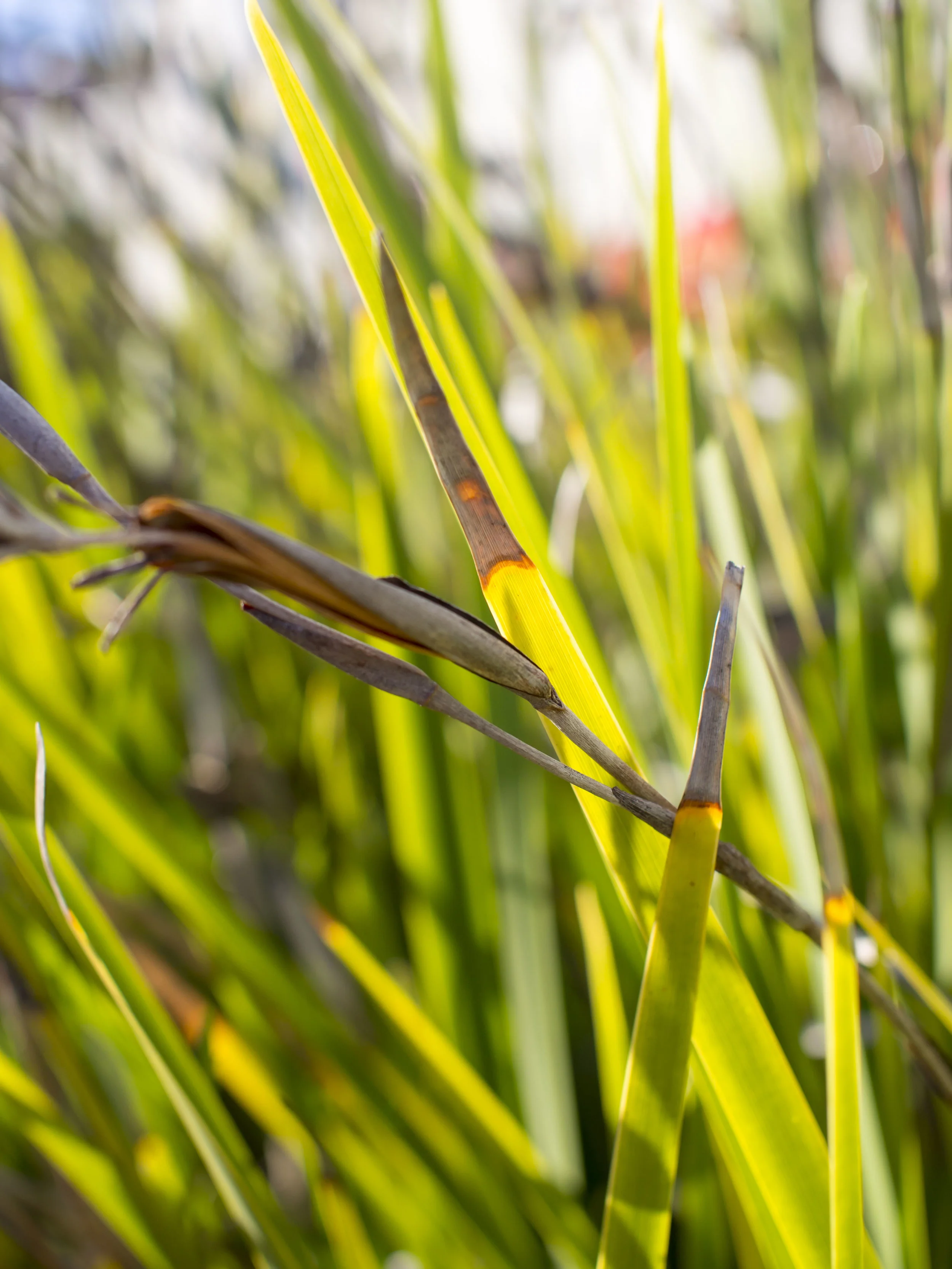Still on that 25mm (50mm equiv) lens and it's role as the new 20mm.
I think the real issue for me is that even though the 20mm is considered the "true" standard lens both mathematically and visually, it does commit to a look. The lens is too wide for normal portraits, but wide enough for environmental portraits. That is to say, if you get too close there is some "fish bowl" effect to faces, that stepping back a bit fixes, while including some context.
Often considered a boring lens, I think it is simply the first wide angle lens.
The 50mm lens perspective on the other hand is too tight for environmental portraits that share a feeling of intimacy with the viewer. As a compression style, true portrait lens it is also weak. This is possibly why I have found the lens hard to use. I either want a street scene in all it's chaotic glory or I am closing in tight on one subject. The 50mm perspective does neither well. If pushed, the 17mm and 75mm would be my last two lenses kept.
What is it good for?
I do not believe it is a true all rounder. Telling a budding shooter to just use a 50mm to develop their eye will, I believe, lean them towards portraiture over environmental images. It will however clarify their vision and force a good understanding of depth of field, so good for technical training. The 50mm may also be a good lens to force a decision, being not enough of either. I reckon pretty quickly, the fresh minded learner will start to shift one way or the other. One of the most comfortable lenses I have ever used was a Canon 28 f1.8 on a crop frame camera. The 45mm focal length just felt perfect.
Imagine how different the first images from a new photographer may be if they started out with a 35mm lens only? They may show an aversion to tight cropping of faces due to distortion, will learn to include more width and depth as the lens will reward these, not fight them. The 35mm trained photographer will be the stage manager, where the 50mm photographer stresses the main subject or "hero" of the image. The 50mm may well become their portrait lens in contrast to what they see as normal.
A lot of the classic street shooters* used 40mm lenses, or later the 35mm as it was the nearest available, as the 50mm perspective was too focussed in on a single thing over the interplay of multiple subjects. It is fine to say, "just step back a bit", but that looses intimacy, often opportunity and changes depth perception. I find you tend to look further out to compensate for the extra magnification, often composing in your head images that cannot happen due to obstructions or timing (this could be just a practice thing, but 17/45mm photography comes far more naturally) . The 17mm allows you to be "front rank" in a crowd, shoot from lower without unnatural distortion and allows a little room for error. The 45mm gives you a better "tight" lens, not requiring a short walk or heavy cropping to achieve composition.
Story telling composition with the 17mm. An even wider lens would obviously add more, but with added distortions and possibly too much wasted information.
A tight crop achieved with a 45mm (90mm equiv). This lens effortlessly creates these images in any city I visit. The 25mm often includes too much and lacks that slight compression. Strangely I did not take to the 60mm macro I owned for a year. It, like the 25mm was a middle lens. It was not as powerful as the 75mm nor as gentle and natural as the 45mm.
For my own uses, the 25mm is going to be my intimate portrait and general close-up lens, more a little brother to the 45mm than a longer 17mm. There is a lot of depth control and quality to be had, even withstanding the neither here-nor-there angle of view.
The differences in Bokeh, colour, sharpness (the look of, not the quantity) and contrast when compared to the 17mm with well controlled distortion (ideal for panoramic landscapes) are also a benefit. It has similar characteristics to the 20mm Panasonic, but with better auto focus, more compression and a bigger jump up from the 17mm.
OMD 25mm at f8 showing the difficulty of obtaining full depth of field at close distances even on M43. What is soft in this image is not distracting. A good sign.
The images below were taken to see how the lens performs with reasonable depth of field** In the role of fine art/close up lens. This is important because the lens will rarely have perfect back to front focus when doing close-ups (nearly impossible without focus stacking etc.).
OMD 25mm f5.6. A little nervous in the far background, but smooth and controlled until then. Not the best ever Bokeh, but well within post processing tolerances and a tough subject.
OMD 25mm f2.8. Slightly more softening of Bokeh and good snappiness on the main point of focus.
It is clear to me that the best Bokeh will come from the lenses best able to show it, the 45 and 75mm, but the 25mm will have a place as my shortest and most inclusive portrait lens and won't let the side down.
Everyone has a different sweet spot when it comes to favoured lenses, but I have determined mine. The 25mm will be my least used lens, but not unused. As an exercise, take a zoom out for a day of general shooting and look at the focal lengths you tend to use most. The next step is to go into primes only for those focal lengths. Go on, you know you want to.
*Cartier Bresson used 50mm a lot, but his images speak as much to portraiture as pure street.
** It is important to remember that Bokeh is not just blur discs shot with long lenses, set wide open, it is the character of any transition from perfect focus to out of focus on any lens at any aperture at any focal distance. This is why it is so subjective and open to interpretation. There is little "bad" Bokeh, but there is almost infinite variety.
